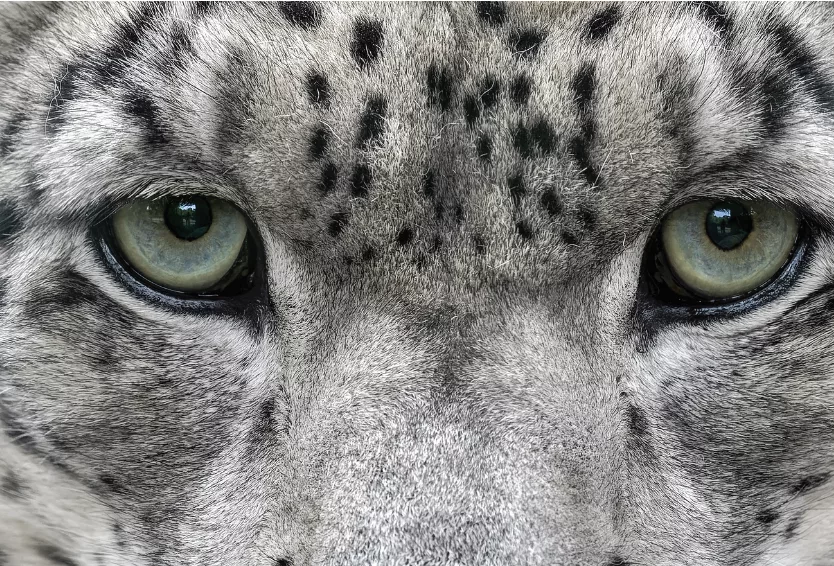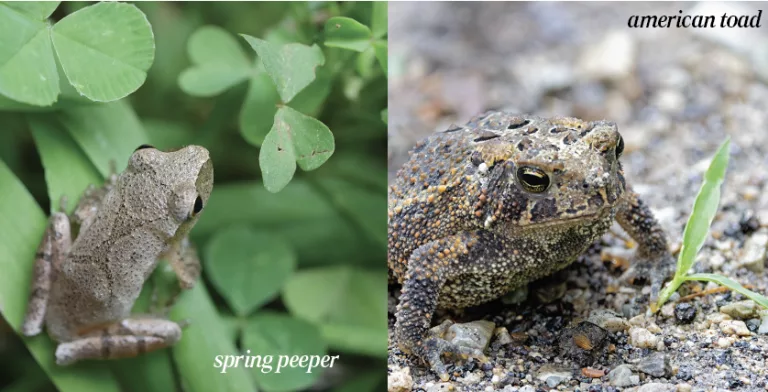
High above the clouds in the Karakoram Range, four ghostlike figures moved in harmony with the wind. Elusive, powerful, and draped in snow-spotted camouflage, a mother snow leopard and her three cubs scaled sheer cliffs in northern Pakistan—living proof that wild magic still pulses in this world. These cats are not just surviving; they are quietly conquering one of the planet’s most rugged, inhospitable domains.
Snow leopards (Panthera uncia), long known as the “ghosts of the mountains,” roam some of the highest elevations on Earth—between 9,800 and 17,000 feet above sea level. Their habitat spans 12 nations from China to Nepal to Russia, but it’s in the northern reaches of Pakistan, near K2, that one of the most awe-inspiring sightings in recent memory took place.
In the snowbound Karakoram Mountains of northern Pakistan, a breathtaking encounter has brought global attention to these most elusive creatures. Sakhawat Ali, a gamekeeper and wildlife enthusiast from the remote village of Hushe, captured rare footage of a female snow leopard accompanied by her three nearly full-grown cubs—four apex predators moving in quiet unison through the cliffs of Central Karakoram National Park.
“For the past 15 days, I had been noticing leopard pawmarks,” Ali told the *Good News Network*. “While I was on the roof of my house, I used binoculars to observe the mountains and spotted a female snow leopard along with her four cubs.” ([GNN story link](https://www.goodnewsnetwork.org/rare-sighting-of-four-snow-leopards-together-sparks-frenzy-of-excitement-watch/))
Ali filmed the animals from a distance of about 150 meters. His footage—now widely shared—offers a rare glimpse into the family life of a species so elusive it’s been dubbed “the ghost of the mountains.” ([Watch the video on YouTube](https://www.youtube.com/watch?v=doaQDGdS-2Y))
Snow leopards (*Panthera uncia*) are supreme high-altitude predators, ranging across 12 countries including Russia, China, India, Nepal, and Pakistan. Perfectly adapted to life above 10,000 feet, their wide paws distribute weight on snow like natural snowshoes, while their powerful hind limbs allow them to leap nearly 50 feet in pursuit of prey such as Siberian ibex and argali. Their long, thick tails offer balance and warmth, and their patterned coats blend seamlessly with ice and stone.
What makes this sighting remarkable is not only its rarity, but what it reveals: a thriving maternal unit in an unforgiving ecosystem. Healthy cubs signal strong prey populations, which in turn reflect healthy high-altitude habitats—an encouraging sign in a region where climate change, infrastructure development, and habitat degradation threaten biodiversity.
Snow leopards remain listed as “Vulnerable” on the IUCN Red List. According to the United Nations Environment Program, threats include shrinking habitat, retaliatory killings from livestock predation, and poaching. Yet, as this sighting proves, progress is being made.
Dr. Zakir Hussain, Chief Conservator of Parks and Wildlife for Gilgit-Baltistan, called the footage a victory for community-driven conservation. “Eighty percent of the region’s communities are engaged in the tracking, monitoring, and reporting of snow leopard populations,” he told *CNN*, noting how local knowledge and citizen science have become essential tools in protecting these animals.
Local villagers celebrated the sighting—even as they remain mindful of potential livestock conflicts. Their involvement in preservation efforts demonstrates a growing understanding that healthy predator populations are indicators of ecological resilience, not threats.
The snow leopard’s range crosses national boundaries, and so does its future. The Global Snow Leopard Forum, an alliance of the 12 range countries, works to coordinate conservation strategies across borders through science, education, and policy.
And what can humans learn from this master of high places? The snow leopard survives not through dominance, but discipline. It succeeds through patience, stealth, and stillness. These animals teach us that strength isn’t always loud—it can be silent and surefooted.
As the mother leopard guides her three young through the sheer cliffs of northern Pakistan, she exemplifies what it means to persist, protect, and prevail. For those who watch with wonder from below, she offers another lesson: true greatness leaves no trail, only inspiration.


